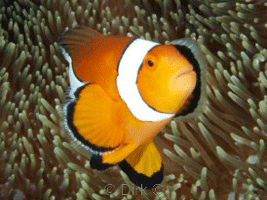www.adcdiving.be © Dirk Wuyts Add this page to your Favorites Welcome to our diving website and travel stories
Dive sites in Negros the Philippines |
 Like and share the travel story with photos of the Philippines Diving with your friends on Facebook |


